The dwarf planet Ceres, located in the asteroid belt, has long puzzled scientists. The mystery of whether Ceres formed there or migrated from the outer solar system intrigued researchers for years.
New data from NASA’s Dawn spacecraft is now helping solve this long-standing mystery.
Dawn Mission Unveils New Clues
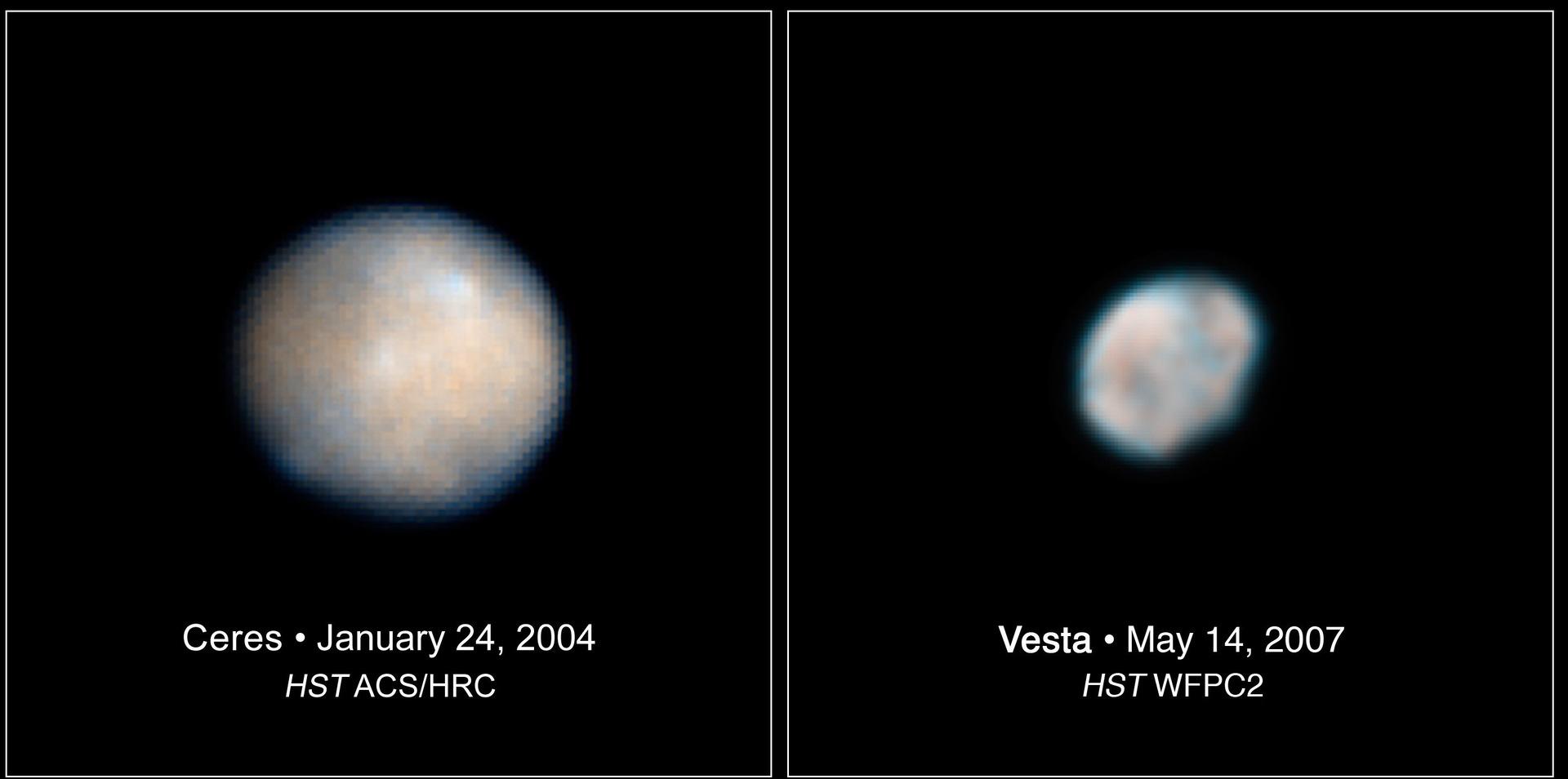
Launched in 2007, NASA’s Dawn spacecraft spent several years orbiting Ceres. Its detailed mapping of the dwarf planet’s surface and composition revealed surprising evidence about Ceres’ makeup.
Dawn’s data collection was vital in helping scientists piece together the planet’s past.
Unusual Presence of Ammonia

Ceres’ surface contains ammonia compounds, typically found in colder regions of the outer solar system. This raised questions about whether Ceres might have formed farther away and later migrated to its current position.
This surprising find hinted that Ceres may not have originated in the asteroid belt.
The Role of Consus Crater
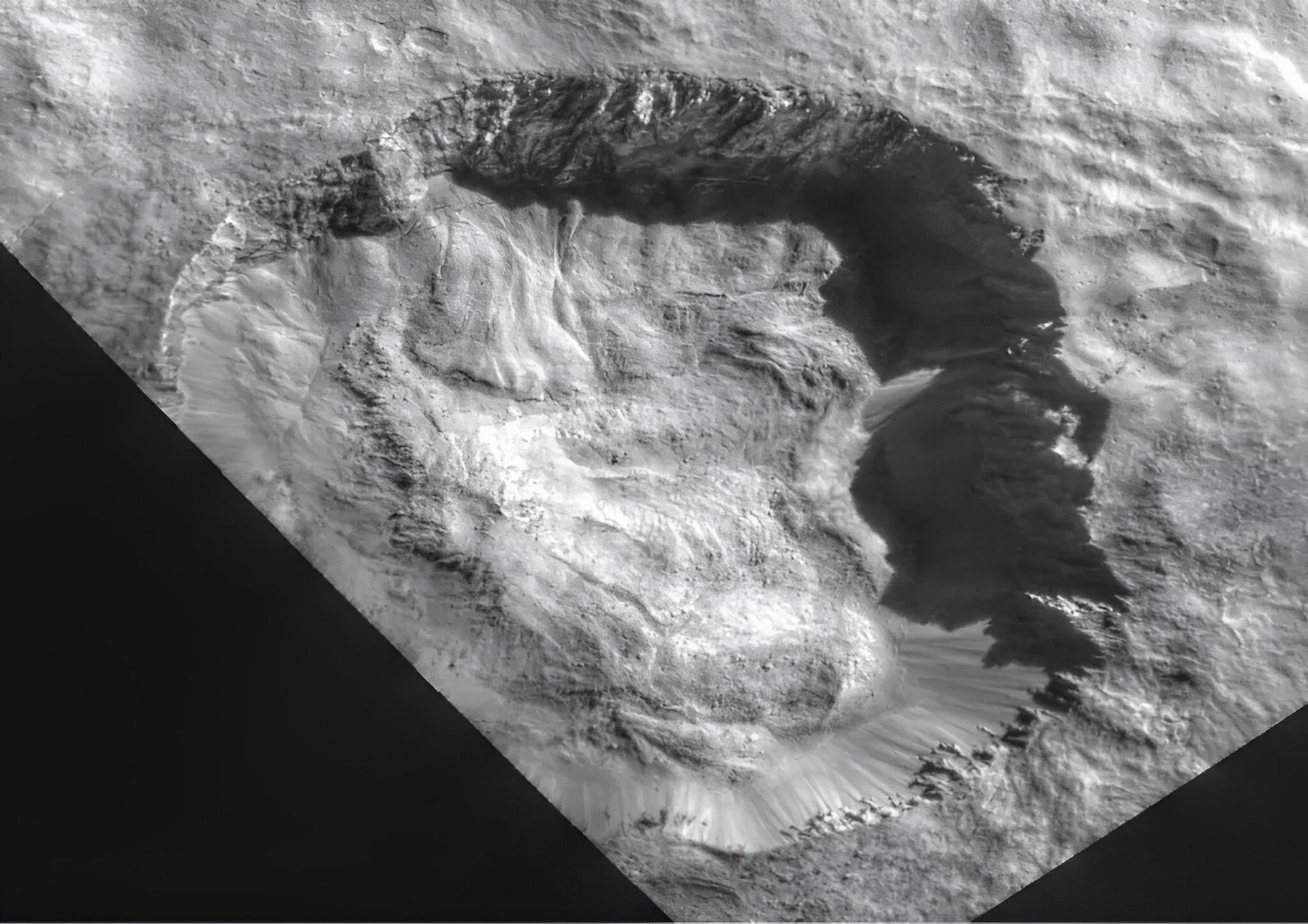
The Consus Crater, a massive impact site on Ceres, has been pivotal in revealing new insights. Scientists studied its composition to understand Ceres’ formation and surface evolution.
This ancient crater holds key clues to understanding the dwarf planet’s early development.
Cryovolcanoes and Surface Activity
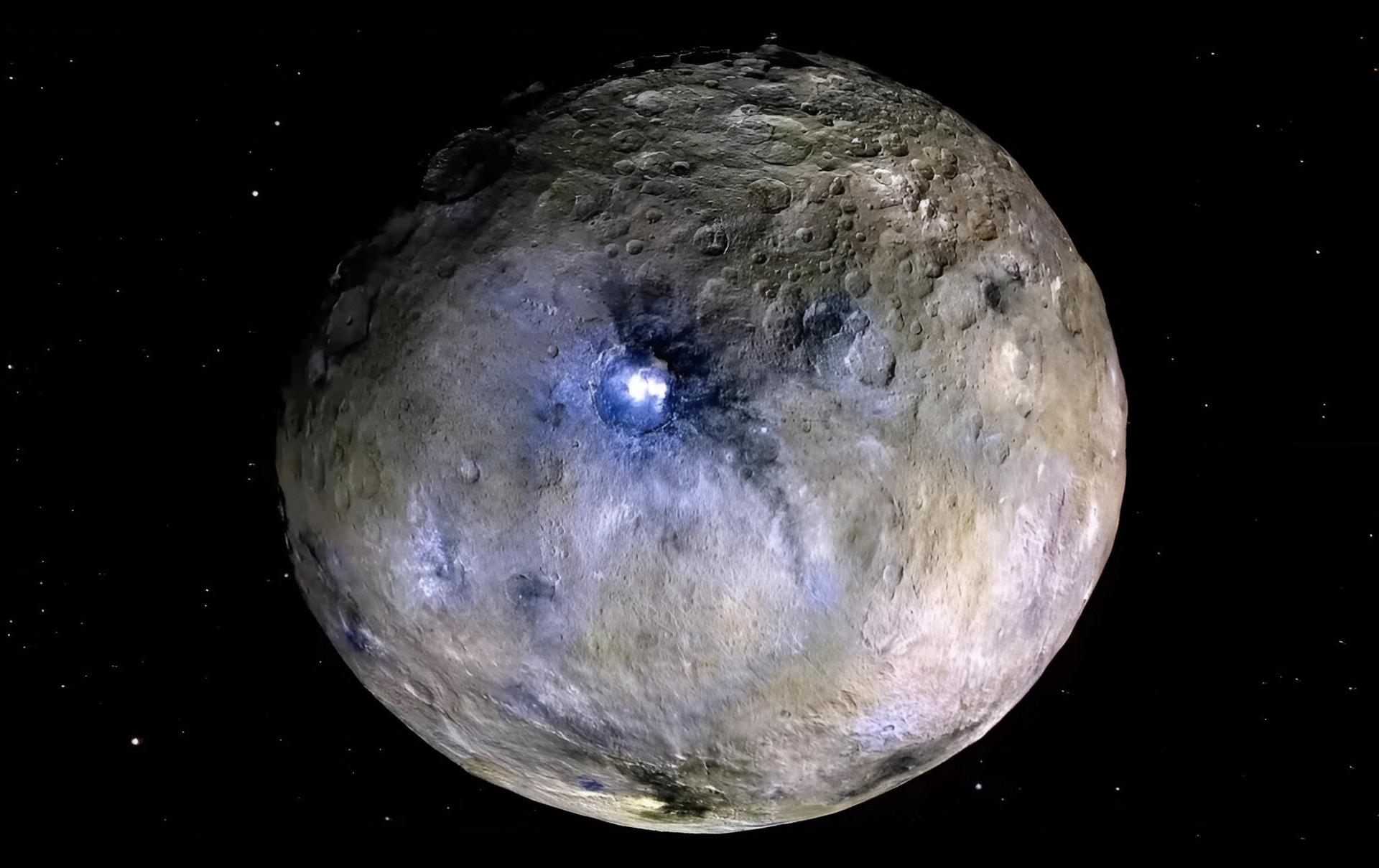
One unique feature of Ceres is its cryovolcanoes, which eject icy slush instead of molten lava. These formations suggest internal geological activity that shapes its surface over time.
These eruptions, rare in the solar system, help explain Ceres’ dynamic evolution.
Discovery of Salty Brines
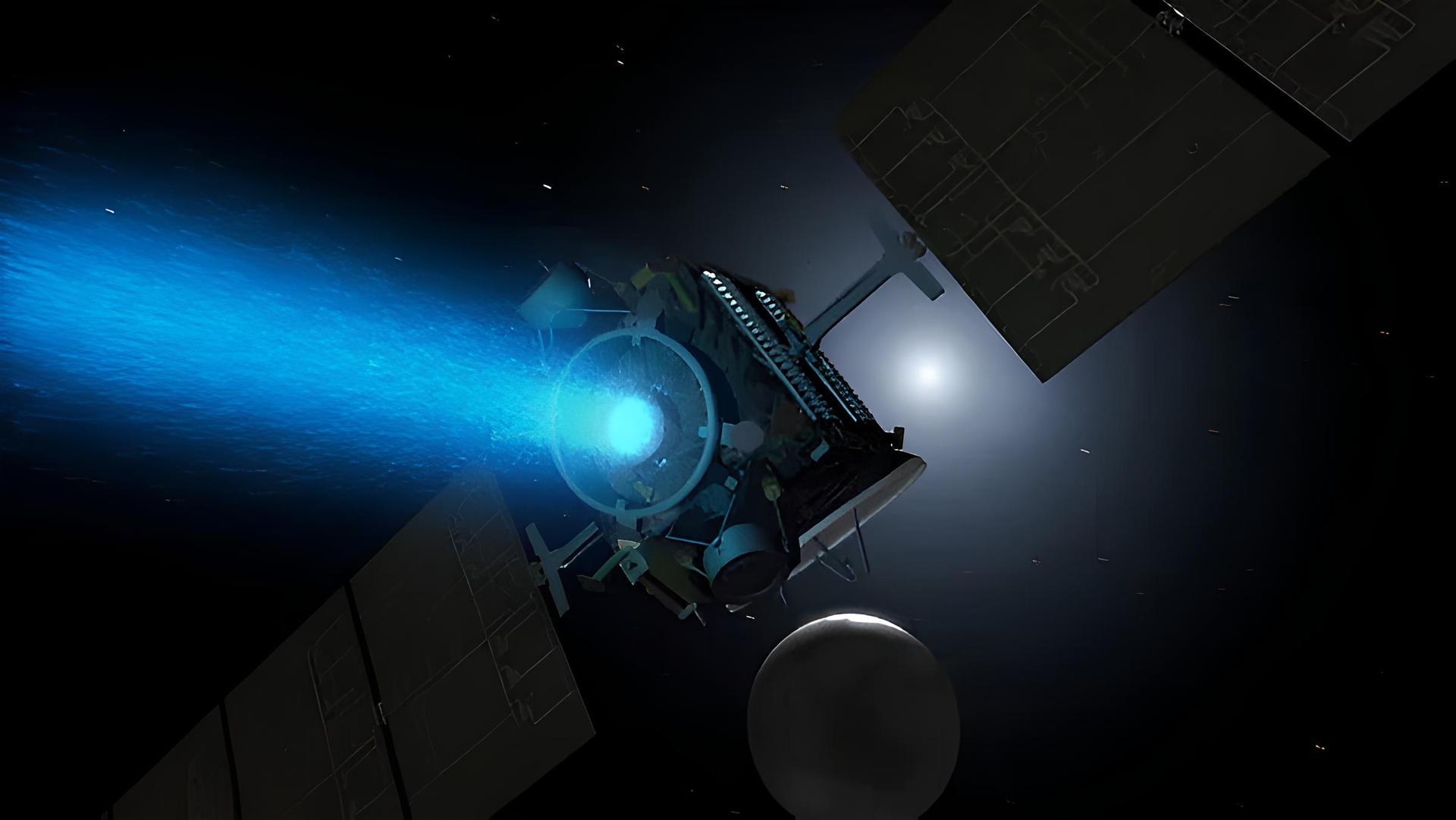
Dawn’s data revealed ammonium-rich salts inside the Consus Crater, pointing to a subsurface layer of salty brine beneath the crust. This discovery changes how scientists view the planet’s internal structure.
These salty deposits may be remnants of an ancient ocean hidden beneath the surface.
Native Formation in the Asteroid Belt

Contrary to earlier hypotheses, scientists now believe Ceres formed in the asteroid belt. Ammonium compounds were absorbed during its formation, rather than migrating from the outer solar system.
This shifts the understanding of Ceres as an object native to its current location.
Impacts Shaping Ceres’ Surface
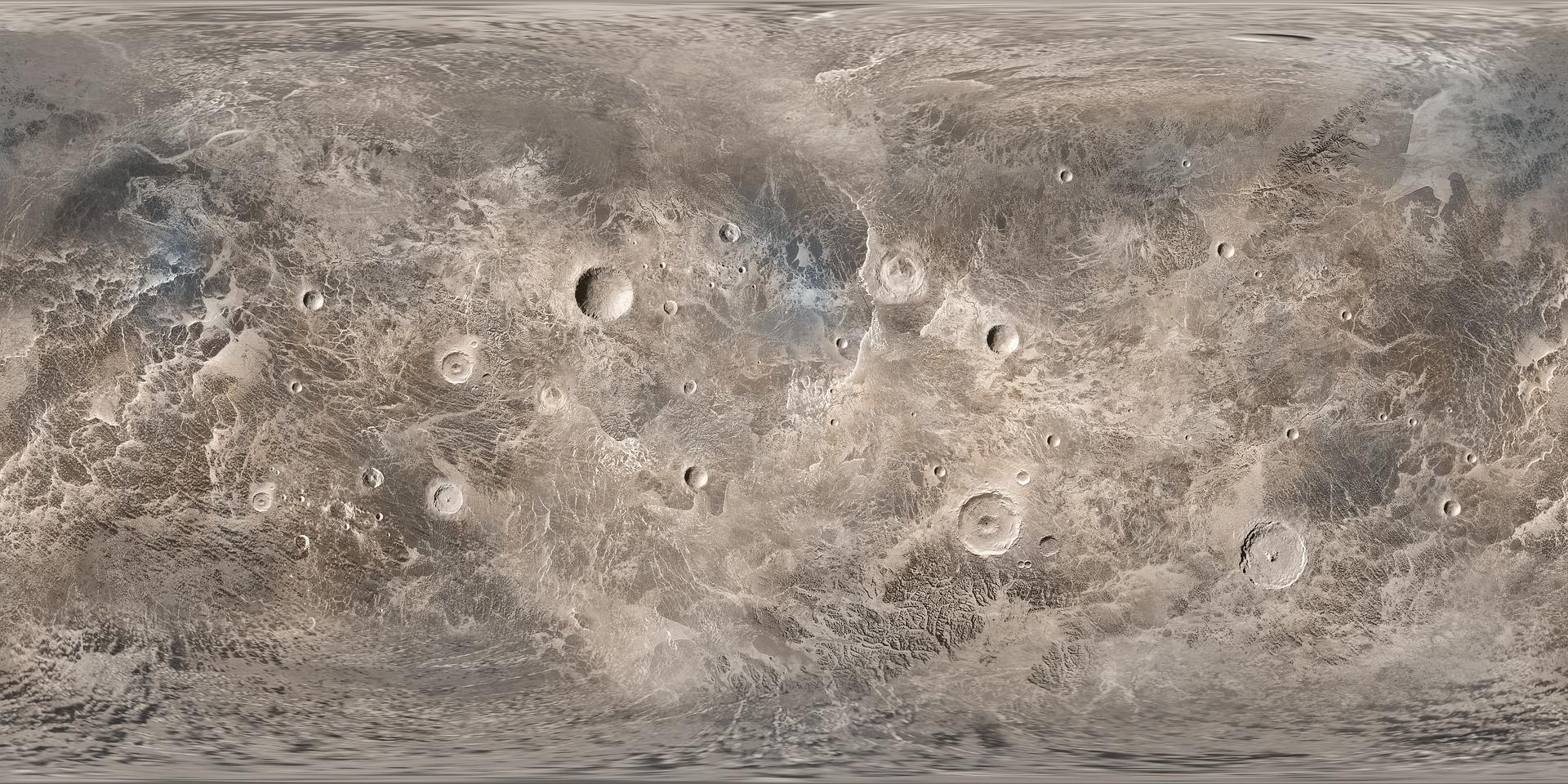
Asteroid impacts played a major role in revealing Ceres’ secrets. These impacts exposed ammonium and salt deposits, offering a glimpse into the planet’s interior processes.
Such events provided critical data to understand Ceres’ deep layers.
A Unique Geological Laboratory

Ceres serves as a natural laboratory for studying planetary evolution. The combination of cryovolcanoes, salty brines, and surface impacts make it an exceptional case for understanding how planets form and evolve.
Its unique geological features could teach us more about the early solar system.
Future Missions to Ceres

The success of the Dawn mission has spurred interest in future exploration. A return mission could delve deeper into Ceres’ potential to harbor life and unlock more secrets hidden within its icy layers.
With new technology, the next phase of exploration could reveal more about Ceres’ past and its role in our solar system.

